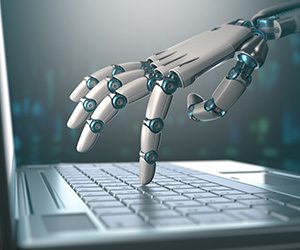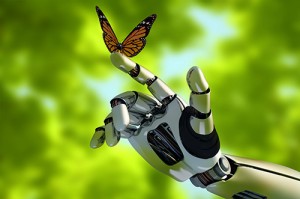 Planned Obsolescence in Technology: 1930s to Today
Planned Obsolescence in Technology: 1930s to Today
There is a light bulb hanging in a fire station in Livermore, CA that was installed in 1901 and has been glowing almost nonstop since. It has a carbon filament, unlike incandescent bulbs of today, which use tungsten. It was originally a 60 watt bulb but now gives off the glow of a night light, but the fact remains it has been going for over 115 years. Incandescent bulbs of today have a rating of 1,000 hours and LED bulbs have a life expectancy of 50,000 hours. How did we get from a 115 year bulb to a 1,000 hour bulb to a 50,000 hour bulb? Is the life expectancy planned or completely arbitrary? How does this apply to other technologies?
Lightbulb Cartel
In the 1920s, light bulb manufacturers banded together to create the 1,000 hour limit. Sales of bulbs were flattening since no one had to replace them so, to stimulate sales, alternative materials were introduced to reduce the life expectancy. This created a new avenue for manufacturers, the replacement market.
The term “planned obsolescence” can be traced back to a 1932 business pamphlet. Bernard London proposed to end the depression by taxing people who used goods beyond their life expectancy. This included clothing, automobiles, tires, etc. In his treatise, he explained:
“I propose that when a person continues to possess and use old clothing, automobiles and buildings, after they have passed their obsolescence date, as determined at the time they were created, he should be taxed for such continued use of what is legally ‘dead.’”
Fortunately, this idea was never legislated but the concept seems to have caught on in modern consumer culture.
Old Before Its Time
There are many examples of goods that are discarded because of functional, natural, or style obsolescence. General Motors introduced the “model year” in the 1920s to entice people to purchase a new car to keep up with frequent style changes. In reality, the greatest functional automotive innovation came from the electric starter, which replaced the crank. Clothing styles change frequently as well in order to entice people to purchase the latest fashion.
The stage was set years ago for our current technology obsolescence cycle. Some would argue that our consumerism fuels a growing GDP or spurs innovation and new technological breakthroughs. Others would argue that it fuels mountains of electronic waste and discarded toxic chemicals and minerals.
Operating system upgrades create obsolete products by overloading hardware and firmware. This renders the product, whether it be a smartphone or a smart TV, obsolete and useless. Obsolescence also occurs when someone replaces one piece of technology, such as a computer or operating system, but not the associated printer. This creates a situation where drivers are no longer compatible and components either don’t work at all or work in a diminished functionality. Either scenario is frustrating.
Answers
Unfortunately I do not have the answers to the need for constant technology refresh but I am hoping to start a dialogue here so that together we can come up with a solution. I am the person still running Windows XP on one of my home computers. I understand the security and supportability implications in my decision, but it serves my needs just fine and I don’t think I am keeping any state secrets on my system.
In a previous blog post, I wrote about sustainable production and highlighted projects such as Google’s Ara which is a modular smartphone with replaceable components. I am heartened that there are people and companies that are tackling this issue but I think we all need to understand the potential outcome of our purchase decisions.
Thoughts
Let me know if you have ever been frustrated by a sudden lack of operability because of an upgrade or planned obsolescence. What is your answer? When you purchase a new product do you think about its total lifecycle? How does that affect your choice? Let me know your thoughts.
Kelly Brown is an IT professional and assistant professor of practice for the UO Applied Information Management Master’s Degree Program. He writes about IT and business topics that keep him up at night.











